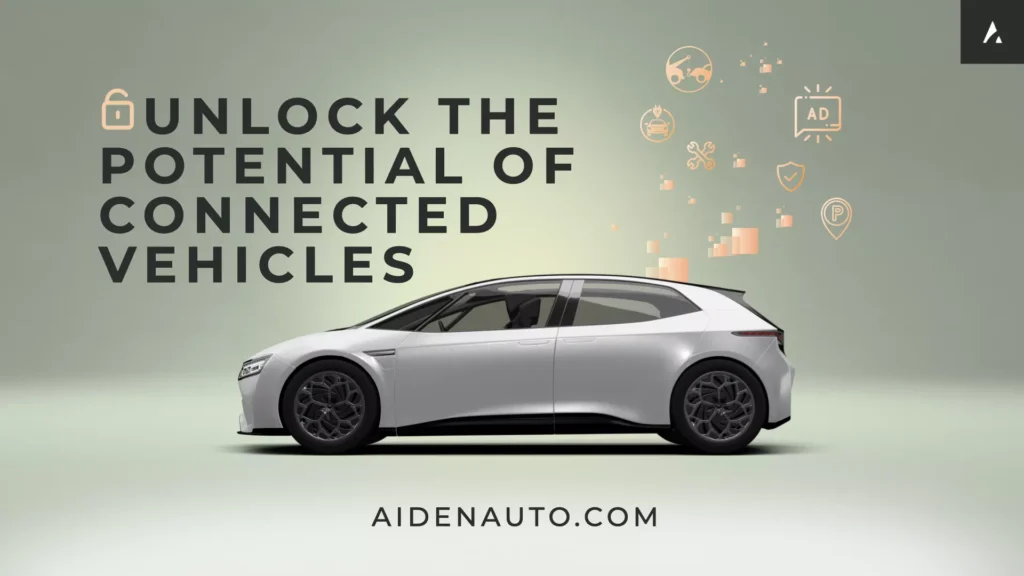










From EVs and batteries to autonomous vehicles and urban transport, we cover what actually matters. Delivered to your inbox weekly.
What’s been holding solid-state batteries back from hitting the road?
Turns out, scientists at the University of Houston and Brown just cracked a key part of the problem, and it could be the boost EVs have been waiting for.
Solid-state batteries promise longer range and better safety, but they’ve had one stubborn problem: they need to operate under high pressure to stay intact. That means bulky casings, complex designs, and limited real-world use, especially in EVs.
Now, researchers have figured out why these batteries break down in the first place.
Using ultra-precise imaging (operando scanning electron microscopy), the team watched, in real time, how voids form inside a battery. Over time, these tiny empty spaces merge into gaps that kill performance and eventually cause failure.
The fix? Add a pinch of magnesium (or other metals) to the lithium anode. This small tweak helps “heal” those voids before they grow, allowing the battery to run safely at lower pressure.
Most solid-state batteries today still rely on heavy external pressure to keep everything in place. This limits their design, drives up cost, and makes them tough to scale. But with this chemistry upgrade, manufacturers might finally get solid-state tech that performs under realistic EV conditions.
“This breakthrough brings solid-state batteries much closer to being ready for real-world EV applications,” said Lihong Zhao, assistant professor at the University of Houston and lead author of the study.
And it’s not just for cars. The same technology could prevent phone and laptop batteries from overheating, or even catching fire, and help devices last longer on a single charge.
The team isn’t stopping with magnesium. They’re already exploring other alloying elements that could further boost stability and lifespan under low pressure.
Combined with recent moves by automakers like Nissan and BMW to scale solid-state tech, this research shows just how close we’re getting to batteries that actually live up to the hype.